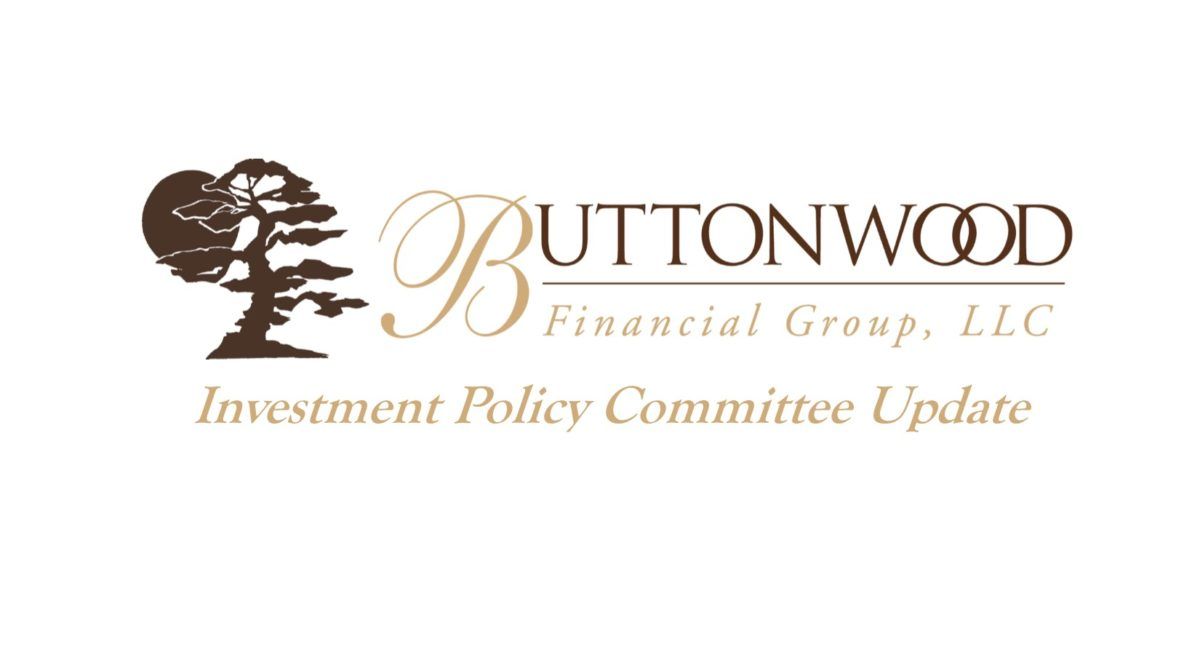Tax Filing Season To-Do List
The tax season is officially here. If you haven’t already, now is the time to get prepared. Whether you meet with a tax professional or prepare your taxes yourself, proper planning helps the processes go more smoothly and may reduce the risk of costly errors. Check out the tax filing to do list below and prepare to tackle this tax season with confidence.
To-Do #1: Gather All of Your Forms
Beginning in January, you should have started receiving the forms you need to properly complete your tax return. Most CPAs will provide you with a tax organizer. However, if you are self-preparing, it’s important to make a list of needed forms to help ensure you are properly recording income, expenses, and deductions. Once you have received your documents, first give them a scan to make sure they are correct and contact the sender if there are any discrepancies. Remember, even a simple checkmark in the wrong box can flag your tax return. Because of reduced staff, the IRS has reverted to using computers to inspect returns. If the IRS receives a 1099 from a company and you don’t report it, the computer will notice, possibly triggering a letter. With a backlog of 6 million 2020 Forms 1040, 2.3 million amended returns filed on Form 1040-X, plus millions more in business and payroll tax returns, the IRS is telling taxpayers not to file a second return or contact the IRS. It is critical to carefully assess all your documents and ensure you have received required forms to prevent major delays. As Family CFO for our clients, we regularly work with CPAs, and because of our in-depth focus on tax strategy, are aware of many of the tax forms required.
Some of the forms you will need to look for include:
- Schedule K-1s partnership / business distributions
- W-2s from your job
- Form 1099 can cover a variety of tax items:
- Social Security benefits
- Consulting
- Interest, dividends, gains, and losses
- 529 plan distributions
- 1095-A for government marketplace health coverage
- 1098 for reporting mortgage and student loan interest
- 8812 for additional child tax credit
To-Do #2: Round Up Your Receipts
If you plan on itemizing your deductions, you will need to record expenses so you can take advantage of any available write-offs. Expenses might include: Medical and dental expenses, state and local taxes (SALT), SALT real estate taxes, SALT personal property taxes, home mortgage interest, gifts to charity, and more. 1 If you are self-employed, think about items reported on Schedule C such as: Advertising, car and truck expenses, commissions and fees, contract labor, insurance (other than health), interest, mortgage, legal and professional services, office expenses, pension and profit-sharing plans, rent or lease, and more. 2 Receipts can be physical receipts or bank and credit card statements that show payments for these items. Once gathered, organize them by type, so they are easy to find when you begin filing.
To-Do #3: Acquire Records of All Charitable Contributions
Throughout the year, you may have made donations to tax-exempt organizations. These donations can provide you with a charitable contribution write off. Traditionally, this could only be done if you choose to itemize your deduction. However, because of the CARES Act, filers who choose a standard deduction may be able eligible to write-off up to $300 in charitable contributions. 3
Donations greater than $250 will still require an itemized deduction and documentation. Most organizations, from churches to fundraisers, will provide a record of your tax-deductible contributions.
To-Do #4: Create a List of All Personal Information
While you likely know your Social Security number by heart, you will want to jot down the Social Security numbers of any dependents you wish to claim. This way it is easy to access, and you can be sure it’s accurate. Also, make a list of addresses for any properties you own as well as the dates on which they were bought or sold.
To-Do #5: Get a Copy of Last Year’s Tax Return
If you are using the same preparer as the previous year, or have engaged with a Family CFO like Buttonwood, they should have a copy of your tax return. If not, find your old copy and have it ready with your other tax items. Being able to reference your previous return can help you see what you filed last year, so you don’t overlook something this year.
To-Do #6: Determine How You Will Spend Your Refund, or Prepare to Pay Taxes Due
If you expect to get a refund this year, you might want to consider what you plan to do with your refund once you receive it. You have the option to apply your payment towards your tax bill next year if you believe you will owe. This can be a good strategy for those who pay estimated taxes throughout the year as it can often put a chunk towards your first installment.
Alternatively, you can choose to send the money directly to a checking or savings account, or contribute it to an IRA, health savings account or education account. If you plan to split the funds between accounts, you will need to complete a Form 8888.
If your withholdings and/or estimates weren’t properly set up, you may find yourself with a tax bill. At Buttonwood, we offer the opportunity to run a tax report before year-end to provide an estimate on what our clients might owe, along with opportunities to minimize tax liability. If you aren’t sure what your tax bill might look like, let us know and we can run a report for you to assess and strategize.
Don’t let tax preparation leave you feeling overwhelmed. Enjoy less stress and a smoother process by preparing everything you need for filing this tax season. If you would like to simplify your tax preparation this year or into the future, contact us today to learn how a Family CFO can benefit you.
This content is developed from sources believed to be providing accurate information, and provided by Twenty Over Ten. It may not be used for the purpose of avoiding any federal tax penalties. Please consult legal or tax professionals for specific information regarding your individual situation. The opinions expressed and material provided are for general information, and should not be considered a solicitation for the purchase or sale of any security. Buttonwood Financial Group, LLC and its employees are not CPA’s or Attorney’s. Please consult your tax and/or legal advisor before implementing any tax or legal strategies.
The post Tax Filing Season To-Do List appeared first on Buttonwood Financial Group, LLC.
Recent Buttonwood Articles

Are you ready to explore the benefits of your very own Family CFO?





